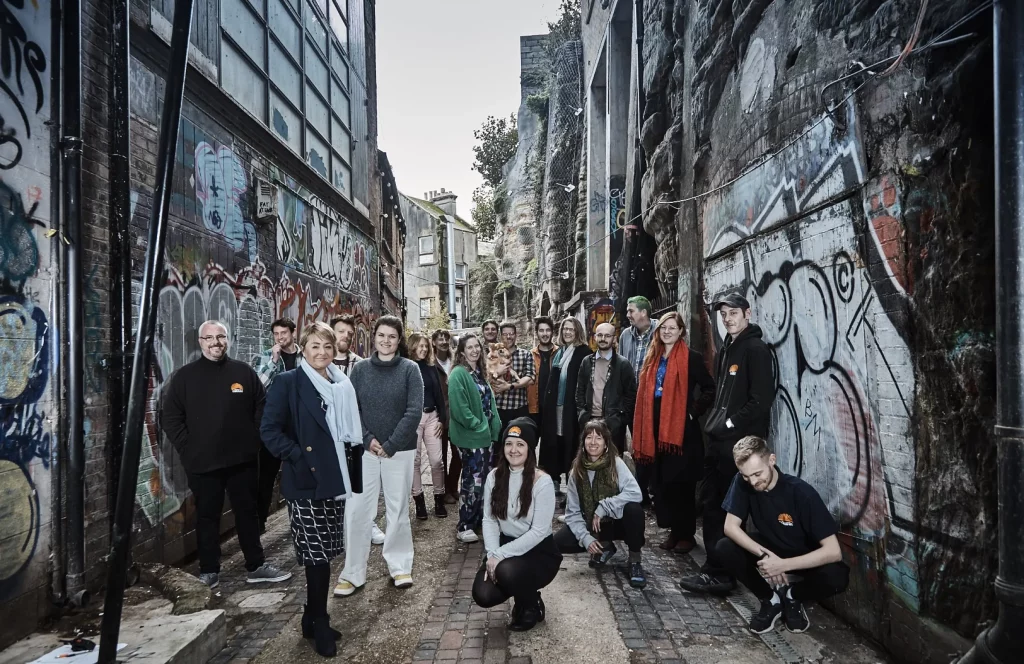The Badolato project in southern Italy began in 1997 when over 1,000 Kurdish asylum seekers arrived by boat in poor conditions. Badolato, a small medieval town with only 500 elderly residents and many abandoned houses, responded with generosity. Locals sheltered families in a school, provided food, and later offered empty homes for longer stays.
With support from the Italian Council for Refugees (CIR) and the Ministry of Social Affairs, 18 abandoned homes were purchased and restored to give asylum seekers safe, decent housing while their claims were processed. Residents and some refugees worked on the renovations, boosting the town’s economy and preserving its historic buildings.
The project does more than provide housing. Families receive legal help, language lessons, and support to find jobs. Cultural events and personal connections with residents have helped refugees integrate into the community. About 60 asylum seekers and refugees now live in Badolato; 32 have chosen to settle permanently.
This approach has had wide benefits: it restored abandoned properties, increased tourism, and encouraged some former residents to return. A Kurdish family runs a small food shop, and other refugees work in construction, agriculture, or tourism.
The model proved sustainable through Italy’s National Protection System for Asylum Seekers and Refugees. It inspired similar projects in Riace and Isola Capo Rizzuto and is seen as a best practice for refugee integration.
The key lessons are clear: using empty housing to host small numbers of asylum seekers can revive abandoned towns, strengthen communities, and give vulnerable families safety, dignity, and a chance to rebuild their lives.












